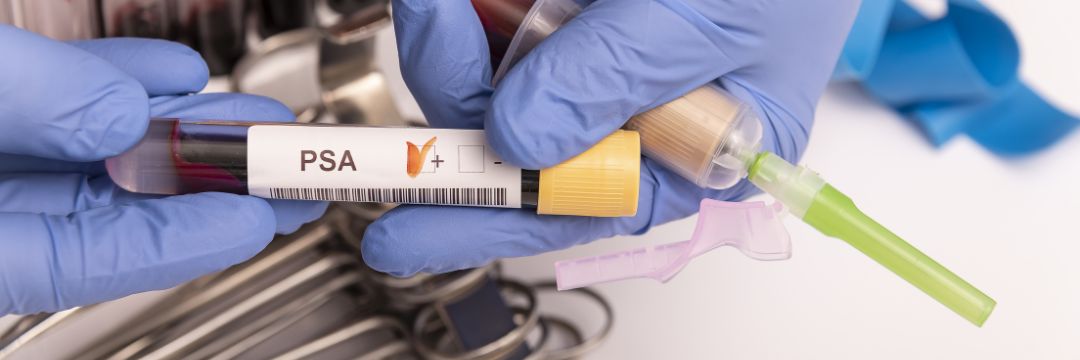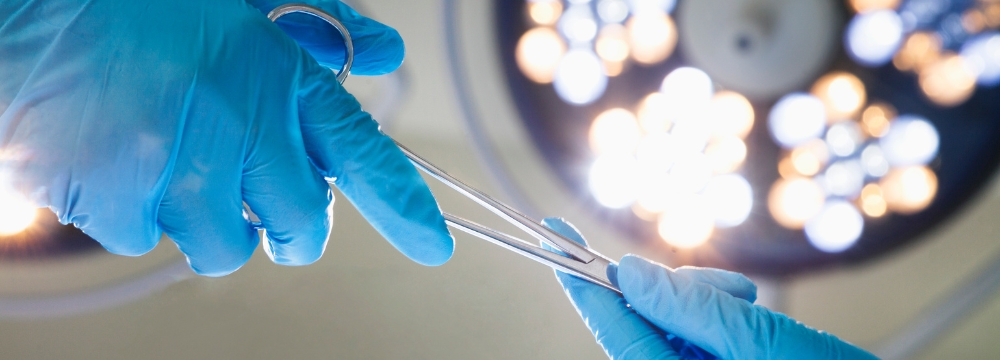
In the seemingly never-ending quest to find novel treatments for common urologic disorders and diseases, we always see new therapies. A relatively new therapy for prostate cancer sports an exciting name: NanoKnife. Unlike how it sounds, NanoKnife has nothing to do with knives, scalpels, or cutting. Instead, it is a therapeutic modality that employs radio frequency waves to ablate or destroy prostatic tissue.
To understand whether this procedure is right for you, it’s essential to know precisely what it is and is not. To start, all patients must understand that NanoKnife is not a treatment for high-grade or aggressive prostate cancer; this form of cancer will have to be treated using surgical means like prostatectomy and/or radiation therapy. Instead, a NanoKnife may be a good option for patients living with low-grade prostate cancer whose urologist is currently watching for any changes or growth in the tumor. Known as active surveillance, this is an integral part of the continuum of care for patients who do not need further intervention. However, the wait-and-see approach can be very distressing for some patients who are bothered by the idea of cancer in their bodies.
How Effective Is Nanoknife?
Assuming the prostate cancer is low-grade and localized, NanoKnife can effectively destroy these cancerous cells. The RF ablation heats the target tissue to the point where it can no longer function, and the cells are destroyed. After several weeks, the ablated cells are absorbed into the healthy prostatic tissue. While we can’t say that this treatment modality is a cure for cancer, it certainly gives patients peace of mind that there are fewer cancer cells in their bodies.
The Ideal Patient for Nanoknife
NanoKnife is typically suitable for a narrow patient demographic – patients who have been diagnosed with prostate cancer but do not require prostate cancer surgery (prostatectomy) or radiation. These patients are followed closely by their urologist – less of a treatment and more of a regular check-up on the severity and growth of cancerous cells.
While many patients are OK with “living with cancer,” being that it is not life-threatening nor fast-growing, there are some for whom having cancer cells in the body is unnerving and anxiety-provoking. These patients often expressed their desire to “get rid of cancer in any way possible.”
These patients may be most suitable for intervention using a Nano Knife. It is also worth noting that the NanoKnife is unlikely to be covered by insurance at this point. As such, patients should be comfortable with the cost of the procedure, which can be significant depending on the setting and practice they choose.
Ultimately, the most critical first step is to get a proper diagnosis. If prostate cancer is indeed the result, you will work closely with Dr. Natale to develop a treatment plan that best suits the type and severity of the diagnosis. Of course, there is always the possibility that the diagnosis is benign, often enlarged prostate or BPH. In this case, Natale can work with you to implement a treatment plan that reduces symptoms and gets you back to enjoying your life and lifestyle.









